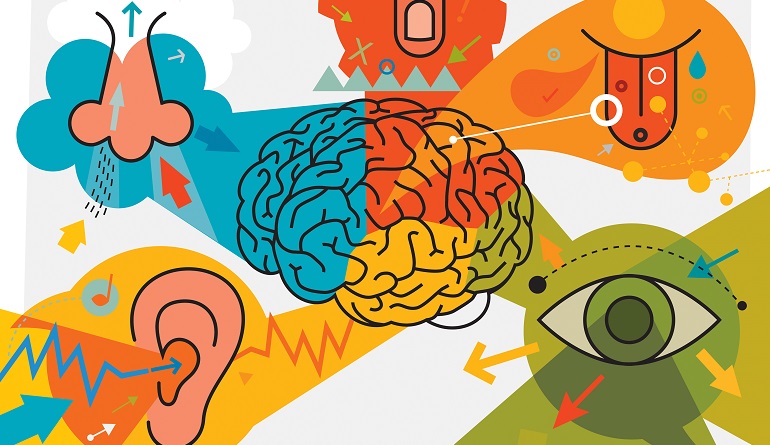Q: My child was recently diagnosed with Sensory Integration Disorder. What does this mean?
A: Children with Sensory Integration Disorder, known as SID, have trouble filtering stimuli from their environment. For example, a child in a classroom should be listening to the teacher, but a child with SID may not be able to tune out the hum of the air conditioner and the itchy tag in her shirt in order to focus on the teacher.
SID can cause intense frustration for children, especially since they don’t know why they find so many sensations unpleasant. Fortunately, there’s a lot that parents and therapists can do to help a child cope.
What does SID look like?
SID can lead to sensory overload, causing kids to find strong smells and loud noises–and even close hugs–extremely irritating. It can also dull the senses, causing kids to crave stimulation, such as fast motion. Most children with SID show both extremes. For example, a supermarket’s bright lights, bustling crowds, and echoing noises might overload one child with SID, causing him to shut down, but tempt another to pull items off the shelves, seeking stimulation.
In addition to the five main senses, two additional ones are affected by SID. An impaired vestibular sense (which regulates balance and movement) or impaired proprioception (which supplies body position awareness) can cause children with SID to have awkward movements, poor handwriting, or difficulty maintaining balance.
The following signs may also indicate SID:
- Withdrawing from close physical contact or craving tight bear hugs
- Picky eating habits, particularly avoiding foods that have unusual textures or smells
- Complaining that clothing is itchy or being bothered by tags
- Disliking having hair brushed or washed
- Clear preference for swinging, jumping, or other activities that involve lots of motion.
Is it easily diagnosed?
Experts aren’t sure what causes SID, but some circumstances seem to put kids at higher risk. Children who don’t receive much touching, hand-feeding, or other stimulation early in life are more likely to develop SID. This explains why the rate is higher in kids adopted from institutions. SID has also been linked to poor prenatal care and premature birth.
SID isn’t always an obvious diagnosis. And because kids with the disorder may have trouble knowing how to express their frustration or discomfort, it’s common for them to be labeled as bad or to be misdiagnosed as having attention deficit hyperactivity disorder (ADHD).
Some pediatricians may not be familiar with SID, but you should still turn to yours first. If you’re concerned, fill out a detailed checklist of SID symptoms.
How do you treat it?
SID therapy may seem unconventional at first. After determining which sensations trigger reactions in your child, the therapist will devise a sensory diet designed to retrain her senses by providing some of the sensations she craves, and teaching her to tolerate others. Treatments may include brushing the skin with a corncob brush, firm massages, or letting the child bounce on a trampoline.
As with physical therapy, parents may be taught treatments to use on a daily basis. They’ll also learn calming techniques to use just before a trip to the supermarket or another stimulating activity. A few simple environmental adaptations, such as leaving the TV off (or turning it on) during homework time or cutting out the tags in clothing, can also make life more enjoyable for a child with SID.



